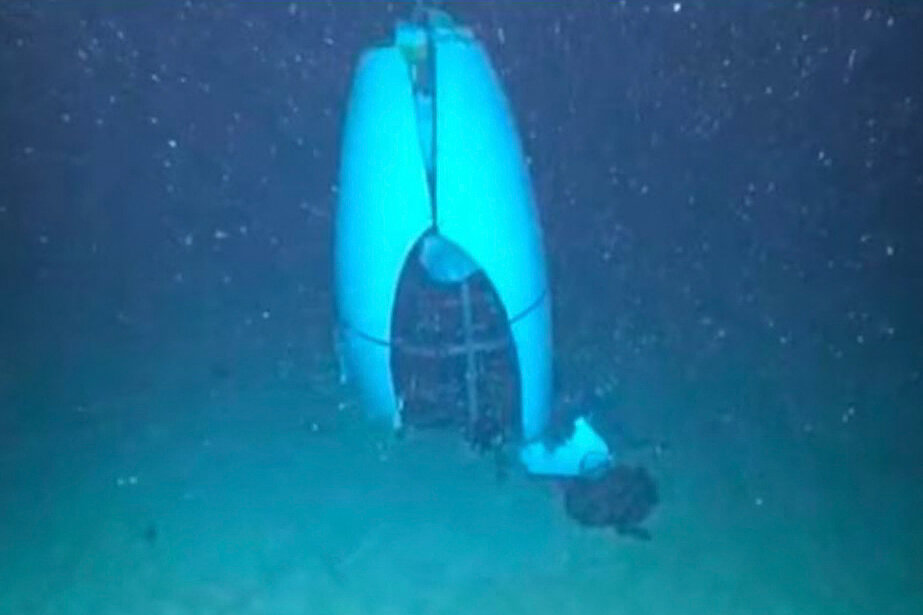Two days of reporting and testifying by experts during a U.S. Coast Guard inquiry challenge the idea that the submersible’s passengers knew they were facing death.
Did the five Titan divers know they were in mortal danger and likely to die before their submersible imploded 15 months ago?
Public experts have long answered that question in the affirmative.
But the first two days of a formal hearing by a Coast Guard panel into the disaster, which began Monday, have raised basic questions about that grim conclusion and taken detailed testimony that supports an unsensational finding.
“Throughout the descent,” the opening report of the Marine Board of Investigation states, the crew sent “no transmissions which indicated trouble or any emergency.”
That finding centers on the official examination of the communications between the submersible and its mother ship, as well as expert analysis of the submersible’s last known act — the dropping of its weights.
In normal times, the Titan relied on a large rack of weights attached to its underside to make the submersible heavy and speed its descent. Upon nearing the seabed, the craft would shed some of the weights to make itself neutrally buoyant — that is, going neither up nor down. Then, at the dive’s end, it would shed yet more weights to make itself positively buoyant, beginning the slow ascent.
In an emergency, the submersible could also jettison all its weights at once, which would send it racing to the surface.
